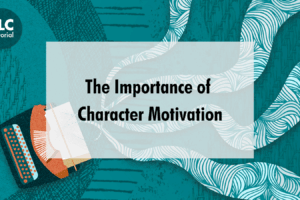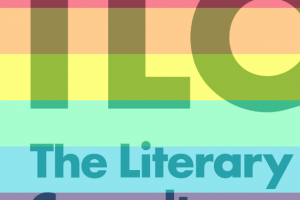Writing non-fiction books can be hard work, translating historical events into the present day, recounting challenging real-life experiences, or critiquing artists and their work to say something new are all demanding projects — what can be harder still is promoting your book.
You have committed yourself to your subject, dedicated yourself to hours of research, and asked the big questions with passionate intensity, then put all of this into your book. Ultimately, you the author, are the best person to champion your book which is special and unique and has its own voice, it is best to make your promotional work reflect that.

Where to begin? In the contemporary publishing world getting your non-fiction book out there and into the hands of readers is a task shared between author, agent, PR expert and the publisher. Sometimes certain elements of this marketing mix don’t exist, you are unagented, your publisher has limited marketing resources, you might be self-published, so more marketing work rests with the author.
For me, there are three key aspects to self-promotion for books: being heard, seen, and read. The first part is making sure people know about your book, this entails getting the word out via email, social media, or guesting on other platforms through interviews and podcasts. Playing to your strengths and skills on certain platforms will make this smoother:, if you’re a talker secure interviews; if you’re outgoing, chat on Twitter or Facebook; if you’re shy write articles. Ideally work across formats to spread the word further and get your voice out there.
It is important to think and plan early, at least 6-9 months before release. Much of this work will be done by your publisher who should have their own email list for reviews and straight promotion; but you can find people who deal in your subject direct from your expertise and research, finding the right podcasts, online magazines, and bloggers to speak with. Arranging these interviews, pitching supplementary blog posts and allowing reviewers/interviewers time to read – and later rate – your book proof takes time and effort from you, but once secured you can have several promotional items lined up, a digital ‘promo tour’, that runs before during and after your book’s release, maintaining momentum to grow exposure.
A great thing for non-fiction authors to talk/write about is telling your origin story, sometimes your personal experience is bound up in your subject. The “how I wrote” story breaks down in various ways: travel for research, the editing process, a shift in focus, structure or style, interesting or exclusive interviews, and connections to other books — what might start as tangential asides can give people a way into your book beyond what is in its pages.
Getting your book seen or noticed is another vital step in giving you and your non-fiction work more presence. Social media is a key part of modern book promotion, find what suits you well, for example twitter is more about dialogue and link posting, Reddit forums support fan or subject communities, Facebook captures broader groups and audiences and Instagram is ideal for visual materials. Think about the subject of your book, contemporary issues, reaching fans, using your friend network or exploiting artwork/photography materials to find the best fit.
Another key platform for your book is using your author website as space to ‘host’ your book and list your media exposure as it progresses, such as interviews and podcasts. You also have the editorial freedom to post your own material, such as blog posts, but also to open up your archives. Non-fiction requires stacks of research, this can all be offered to the keen reader / super fan in edited format as a stand alone piece, for example a long in-depth interview with an subject expert or former band member, this doubles the impact/usage of work you have already done and gives more depth to the authority of your book. And of course highlight where people can find your publisher page and buy your book.
It’s important to make sure you are connecting with people who will maybe/definitely be interested in reading your book. You can start from the most dedicated niche groups, working up to fans of the subject, often referred to as ‘finding your tribe”, and later work out towards a broader potential readership. Research for my book about the band Nine Inch Nails’ The Downward Spiral album encouraged me to reach out directly to listeners, putting research call-outs on the Echoing The Sound fan forum and Facebook groups, and speaking to music journalists. A lot of these people who engaged with me later became dedicated readers and patrons of the project. These are people who have read your book and are then willing to champion it, whether through media reviews, online retail ratings or Goodreads or Litalist feedback, which in turn generates and attracts future readers who like to research before buying.

One way to drive this is engagement is to take your website work further, blog posts, archives and so on, as content to post and highlight elsewhere. Author blogs are notoriously hard to promote, but taking excerpts or extended takes from your book or writing-in-progress diary or production notes, and promoting them direct to fanbase/subject readership on social media channels you have an authentic engagement with, is a great way to share common interests with the right readers.
In all, I would suggest that spending time making you (the author) and your non-fiction book are heard, seen, and read broadens the reach and impact of your work, shares your passion for a subject with fellow fans, and spreads your book promotion throughout the writing and publication process and beyond, increasing your book’s lifespan beyond the initial 6-month release.









One Response
Thank you for putting this out there. I agree with your opinion and I hope more people would come to agree with this as well.